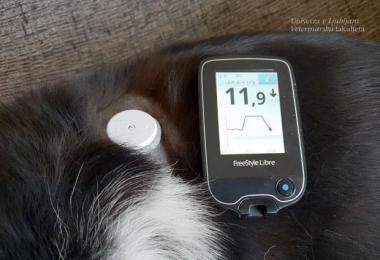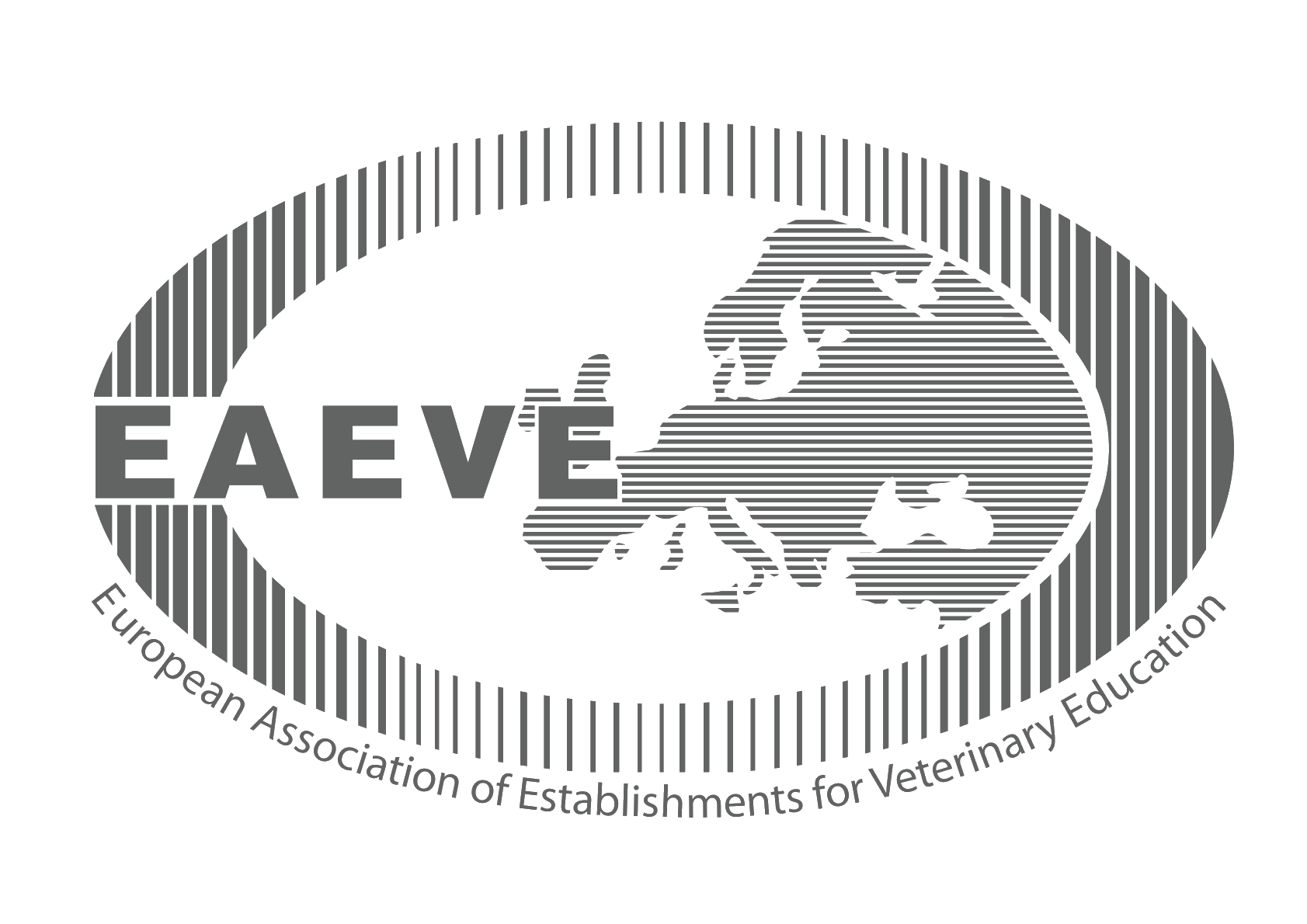Subscribe to our service announcements and helpful tips.
Information About the Dangers of COVID-19 Coronavirus
Posodobljeno dne 21. 10. 2020

To date the transmission of animal coronavirus to humans has only been confirmed for the SARS and MERS viruses, while there is no evidence for the new COVID-19 virus that it can be transmitted from humans to animals and back from animals to humans. However, caution should always be practiced.
The new coronavirus was first identified towards the end of 2019 in Wuhan in the Chinese province of Hubei. The infection spread rapidly, causing a dangerous respiratory disease in humans with a mortality rate of around 2%. The virus was named 'SARS-CoV-2'; the disease caused by the virus is called 'coronavirus disease 2019', which is abbreviated to 'COVID-19'.
Various coronaviruses form the large Coronaviridae family and are often present in many species of animals, including domestic animals such as cattle, horses, pigs, dogs and cats. Infection of a host requires a low amount of virus, and coronavirus infections can spread rapidly. In rare cases, animal coronaviruses can infect humans and then spread from person to person. This was the case for SARS and MERS a few years ago, however, today these viruses do not pose a significant risk and are not spreading.
In the early stages of the epidemic, at the outbreak of the new COVID-19 virus in Wuhan, China, many patients had a proven link to a central major market (a suspected source of infection) where seafood and various live animals are sold, suggesting the transmission of a new virus through animals (when eaten) to humans. It was subsequently shown that the growing number of patients could not be epidemiologically linked to direct or indirect contacts in that market or to animal products, which confirmed the initial suspicion that the virus could spread from person to person. Human-to-human transmission was subsequently confirmed in many countries outside China. Several cities report that, based on to the first cases identified, the number of patients increased sharply in a very short period of time, especially in places with a larger number of infected people, and there are also many unexplained ways of infection.
Diseases caused by animal coronaviruses are mostly manifested as respiratory and gastrointestinal disorders. Infections of cats with coronavirus are manifested by fever, accompanied by loss of appetite, inactivity and weight loss, which in 90% of cases is accompanied by gastrointestinal inflammation with the appearance of fluid in the abdominal cavity. In dogs, it is known that the intestinal and lung types of coronaviruses are caused by two different viruses. Bovine coronavirus causes the so-called winter diarrhoea in cattle, and the same virus is found in the causative agents of the bovine respiratory complex. Equine coronavirus is often found when diarrhoea occurs. In pigs, the well-known type of TGE coronavirus is, as is the case with the PED virus, a typical intestinal virus. The PRCV virus, which causes milder respiratory disease in pigs, is also widespread. Even in poultry, coronaviruses infect the respiratory tract. HOWEVER, NONE OF THESE VIRUSES HAVE BEEN TRANSMITTED FROM ANIMALS TO HUMANS AND DO NOT CAUSE INFECTIONS IN HUMANS.
To date the transmission of animal coronavirus to humans has been confirmed only for the SARS and MERS viruses, while there is no evidence that the new COVID-19 virus can be transmitted from humans to animals and back from animals to humans. However, caution should always be practiced. Protection against a potential source of animal contamination involves avoiding unnecessary contact with unknown animals and the mandatory washing and disinfection of hands after contact with animals. Care must also be taken to ensure that meat, meat products and eggs are properly heat treated before being eaten.
Location
Gerbičeva 60
SI-1000 Ljubljana
Slovenija
Sample Reception
Samples are received at several locations throughout Slovenia. See where.
The veterinarian on duty
Emergency veterinary assistance for dogs and cats and a telephone number of constant readiness.
Library
A wide selection of domestic and foreign professional literature in the field of veterinary medicine and other sciences.
Main navigation
-
Education
- Informativni dan
- Why to become a veterinarian?
- Undergraduate Studies
- Postgraduate studies
- Pripravništvo
- Summer Schools
- Continuous education
- Professional Development
- International Activity
- Mednarodna dejavnost - Tuji študentje
- The Path to Creative Knowledge
- Tutoring
- Extracurricular Activities
- Career Centres
- Alumni
- Student organizations and societies
- Quality Assurance
- Clinics
- Diagnostics
- Dobrobit
- NVI
- Research
- About us
- Hub








